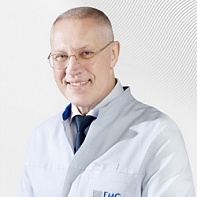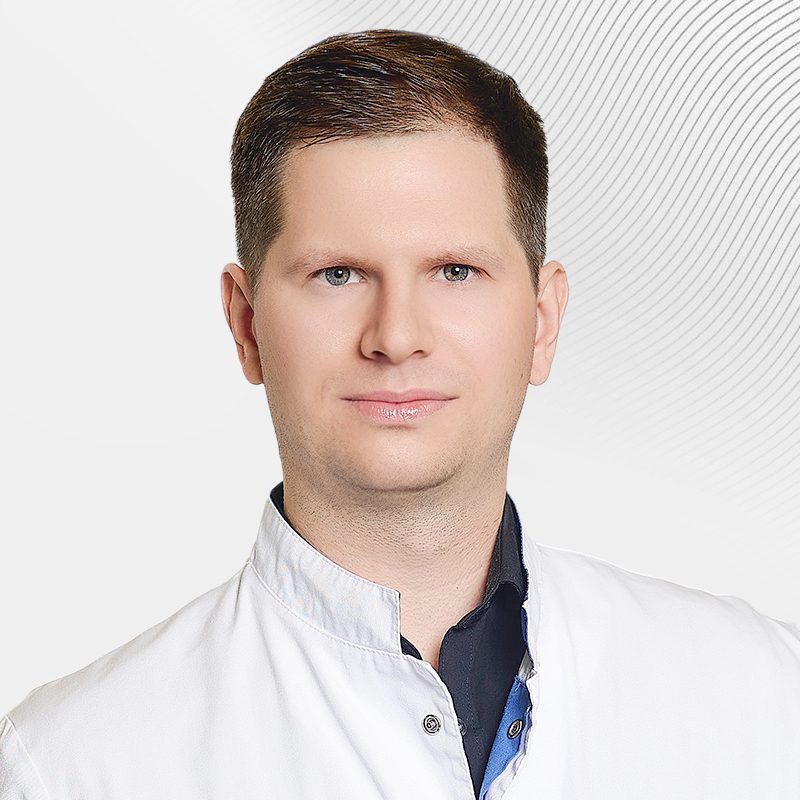Advantages of the facelift procedure at the EMC clinic
- This is the most versatile method for age-related tissue deformity in the upper, middle and lower third of the face.
- Surgical lifting provides rejuvenation for 15-17 years. In order to maintain the result, it is not necessary to perform additional operations or resort to complex cosmetic care.
- Different facelift techniques can be combined in a single procedure. This allows the doctor to achieve the desired result in any area of the face, eliminate the deepest age-related changes, and provide a long-lasting, lasting rejuvenating effect.
- Comprehensive rejuvenation involves working in all major areas: restoring the oval face and skin elasticity, and tightening the neck.
- Facelift is a complex procedure that places special demands on the surgeon's qualifications. EMC specialists have extensive experience in performing plastic surgery of any complexity, use advanced technologies and use their own effective surgical rejuvenation techniques.
Types of facelift
Today, several operational facelift techniques have been developed, which vary in complexity and cost.
The following types of operations are performed in our clinic:
- Lifting of the middle zone of the face (Cheek lifting, Cheek Lifting).Lifting is performed through thin incisions at the temple and ear, ending at the earlobe. If necessary, the lower face and neck are lifted, and a second small incision is made under the chin. As part of the operation, the surgeon removes excess tissue and subcutaneous fat and tightens the skin. After healing, the sutures are almost invisible.
- SMAS-lifting or deep lifting. In addition to tightening the skin, the doctor works with the muscular corset of the face, restoring its firmness and elasticity. The incision goes from the temple to the ear, then down to the lobe, wraps around it and continues to the back of the head.
- Endoscopic facelift. Skin tightening is performed through miniature incisions up to 1 cm long. Compared with classical plastic surgery methods, the rehabilitation period after surgery is much shorter, and the likelihood of complications is lower.
The techniques can be combined depending on the skin condition, age of the client and other indications to achieve the best effect.
Indications
Indications for facelift include:
-
overhanging eyebrows;
-
sagging cheeks;
-
blisters in the lower jaw area;
-
pronounced nasolabial folds;
-
deep wrinkles in the corners of the lips ("marionette wrinkles");
-
double chin;
-
excess skin and fatty tissue under the lower jaw.
Contraindications
Among the contraindications to surgery are:
-
infectious or inflammatory diseases in the acute phase;
-
uncompensated chronic diseases (diabetes mellitus, arterial hypertension, other cardiovascular pathologies);
-
blood clotting disorders;
-
oncological pathologies;
-
pregnancy.
Preparing for the operation
At the preliminary consultation, the patient discusses with the surgeon the possible type and scope of the facelift operation. Standard hospital examinations are prescribed:
-
blood tests (general clinical, biochemical, coagulogram, infectious diseases);
-
ECG;
-
fluorography.
In the presence of chronic diseases, specialist consultations are conducted on the indications. In addition, it will be necessary to visit a therapist and an anesthesiologist. If the patient is constantly taking any medications, they may need to be canceled before the operation.
Performing the operation
Face lifting is performed under general anesthesia. The duration of the operation in each case depends on its complexity. As a rule, 2-4 hours, but if several types of plastic surgery are performed simultaneously, the duration of the procedure increases. After the operation, the patient stays in the hospital for 1-2 days, after which he is discharged home.
Restoration
For a speedy recovery after surgery, the patient is provided with detailed recommendations from the doctor. For several weeks, the patient will need to wear a special compression bandage to support and consolidate the results of the facelift.
The sutures are removed on the 7th-12th day after the operation. Restoration of a habitual lifestyle is possible after 2 weeks, when the main swelling and bruising disappear. The preliminary assessment of the result is carried out in two months, and the final assessment is carried out in six months.
Question-answer
When does the swelling go away?
In most patients, edema persists for the first 2-3 weeks after surgery, and then gradually recedes. Residual effects can be noticeable up to 3 months. The timing of full recovery after surgery is individual.
How long-lasting is the result of surgical facelift?
The effect after a facelift lasts for 10 years, and in some cases up to 15-17 years.
Are there any side effects?
Common side effects associated with surgery are soreness, swelling, bruising, and a feeling of tightness. Scars also remain after surgery, but they are hidden by skin folds and hair and are invisible after healing.
What are the possible risks and complications?
If the operation is performed by a highly qualified plastic surgeon with extensive experience, complications are extremely rare. Possible complications of surgical lifting include:
-
The bleeding;
-
hematoma;
-
facial nerve damage;
-
hair loss in the scar area.
You can find out how much a facelift costs at the EMC Plastic Surgery Clinic on our website. However, the final price is determined by the doctor after the examination, depending on the patient's skin condition and the volume of the planned operation. Make an appointment for a consultation with a plastic surgeon by phone +7 495 933-66-55.
Source:
- Raggio BS, Patel BC. Deep Plane Facelift. [Updated 2023 Apr 3]. In: StatPearls [Internet]. Treasure Island (FL): StatPearls Publishing; 2024 Jan-.
- meduniver.com








.jpg)
